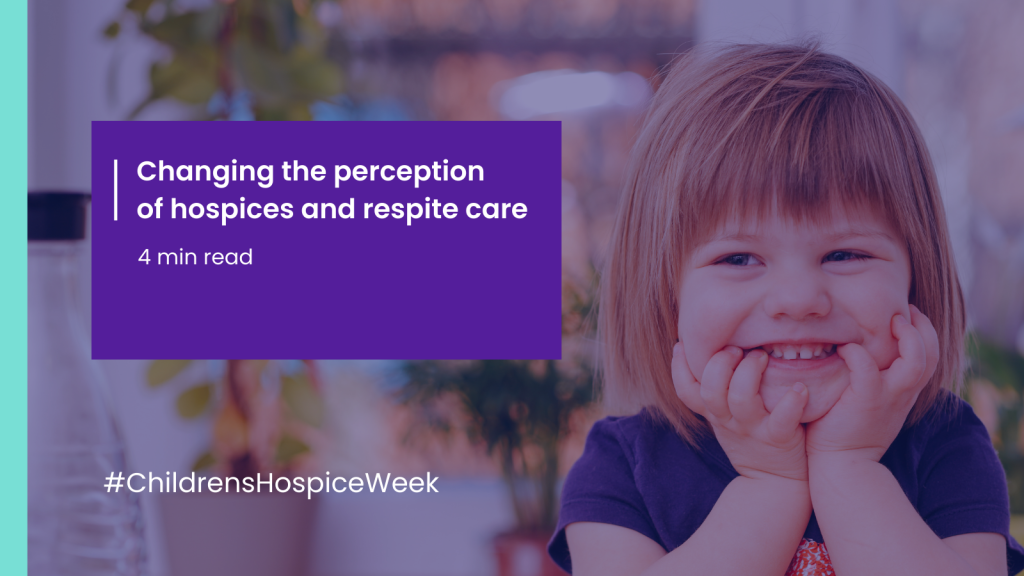
What you might not know about the role of the hospice and respite in children’s rehabilitation
When we think about hospices, most of us immediately think ‘end of life care’. As a result, many people tend to associate them with sad events and places that primarily deal with providing a lot of medical support. These perceptions are perhaps even further compounded when hospice care is dedicated to supporting children and young people who have life-limiting or life-threatening conditions.
In reality children’s hospices are not just there for palliative care. They provide ongoing care, diagnosis and recognition and a transition to adult services. They can also provide short-term respite for families and children with complex needs, for example, those who have sustained serious injuries through accidents or clinical negligence or after an injury. Caring for a child with significant needs can place stress and strain on families in many ways including:
- managing a child’s behaviour
- ensuring the child’s medical needs are met and they get the support they need
- the impact on siblings
- the impact on parental relationships
- financial pressures, and more.
This can lead to overwhelm and exhaustion.
Respite for all
Time away can be beneficial not only for the parents/carers and wider family, but also for the child themselves. For the parents/carers it gives them a chance to recharge their batteries and ensure they take care of their own health. For the child, it gives them a new environment, new people to interact with and following the break, their parents/carers will be more likely to be able to give them more energy and support.
Depending on circumstances and the complexity and nature of a child’s injuries, and the local resources available, they may be entitled to a certain number of days per year of hospice care through statutory services so that they and their families can take a break, recharge and revitalise relationships.
What does respite looks like?
Many children’s hospices have facilities such as multisensory rooms, hydrotherapy pools, sensory gardens, play equipment, which provides a fun and nurturing environment for children to stay in for their short breaks. They will also be provided with the relevant care and treatments to support their medical needs, as well as being able to access a range of therapeutic treatment, including play therapy.
What other options are available?
Respite gives the parents or carers a break from that caring role. The way in which they choose to spend this time is completely up to them. They might choose to focus on hobbies or spend time with others they may not usually get a chance to or go on holiday. So, there is no reason why this shouldn’t be the same for the child.
Case management can help families access statutory and private services for these breaks, ensuring the child receives the relevant support they need. Case management can be really creative in providing this, incorporating private services that provide short breaks away from the home and away from a ‘care’ environment. Instead of the traditional hospice stay, it can be possible to arrange day trips and short stays at places that families would want to take their children to but might find difficult to access without the specialist care and support. For example, case management may arrange to support them to attend an activity centre or theme park resort with support. Case management can help expand the options available and provide a really positive respite experience for both the child and the parents/carers whilst they all recharge their batteries.
Children’s Hospice Week 2023
Children’s Hospice Week (19-25 June) is a chance to celebrate the services that take care of seriously ill children and young people. For more information visit Together for Short Lives.
Author: Samantha Hadley, Clinical Operations Manager for Children’s & Young People’s Services.











